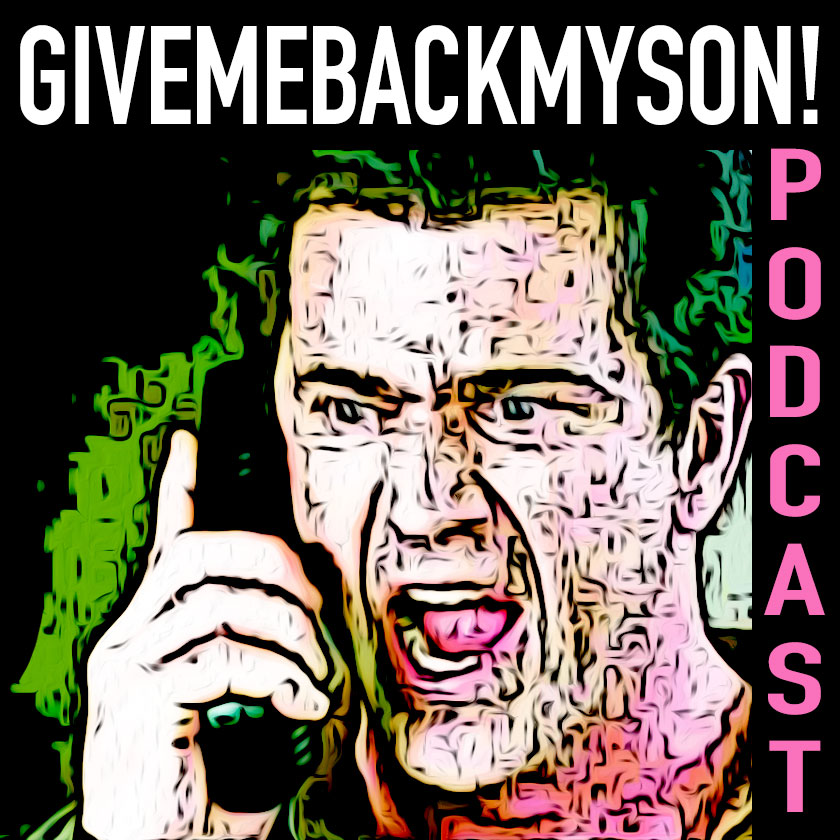I wasn’t one of those kids that grew up on Disney movies – and because
I didn’t have any sisters, I especially didn’t grow up enjoying the “princess”
ones. Aladdin was the exception – probably because it’s so funny,
vibrant and the male character has just as much on-screen time as the Princess does. To my delight, The Princess And The Frog,
Disney’s first hand-drawn animated movie since Home On The Range
(2004), is in the exact same format as Aladdin – so it was easy for me
to fall in love with it.
The Princess And The Frog
tells the story of Tiana – a young black woman who grew up in a poor
part of New Orleans during the Jazz Era. Every since she was a child,
Tiana grew up with fantastic dreams of owning and running a fancy and
lively restaurant with her father. Now a young adult, Tiana has lost
her father and there’s nothing she wants more than to realize their
dream in his memory. Everything is thrown askew when the arrogant
partier Prince Naveen visits from the Mediterranean. After being
transformed into a frog
by the villainous “shadowman” Dr. Facilier, Prince Naveen seeks the
fabled kiss that will undo his hideous, amphibious transformation.
What separates The Princess And The Frog from the typical fairytale frog-kissing stories of the past is what happens after the two lock lips – Tiana, much like her kissing buddy, is turned into a frog.
Together the two insect-eating hoppers travel into the dangerous Bayou
to seek help from a creole witch-lady and to find refuge from
Facilier’s shadow army.

Earlier this week, The Princess And The Frog
animators Randy Haycock (Supervising Animator of Prince Naveen) and
Bruce Smith (Supervising Animator of Dr. Facilier) sat down to talk to
The Reel Place about their latest film.
R.H.: We
are very proud of the film. It’s the best thing we’ve done in a long
time and I’m as proud about this film as anything I have worked on in
many years – probably [since] the Lion King era. We’re reaching those
kind of heights again in terms of the entertainment value and the
appeal of the characters and what the film leaves you with. … The
people aren’t seeing “the same old same old.” … There was a time when
Disney made these kind of films that nobody else could imitate. People
would try, but it never quite felt as great. Even Disney stopped making
those kind of films for a while. We had a niche. And we forgot what
that niche was – it was making these kinds of films. I’m not saying
just “musical fairytales” – Lion King isn’t a fairytale – but making
films that were about strong storytelling, great characters that
resonated with people – that they felt for these characters, they
continue to live with these characters after the film is over – but
also a lot of humor, romance, emotional qualities that are the things
that stay with people. That’s what made those films classic. We needed
to have that kind of film again.
B.S.: The
problem wasn’t the medium. The problem was the tone, the types of
stories, the types of characters we were trying to tell those stories
with. … (Referring to the CG animation of films like Beowulf and The
Polar Express) Something about those characters kinda pushes you away.
You can’t embrace those characters. You don’t feel the pure emotional
joy or sadness of those characters.
R.H.: There’s a certain lack of genuineness about those characters.
B.S.: Yeah, it’s hard to explain. It’s something you walk away from [without] feeling.
R.H.: When
you start animating, you get excited because you make a drawing that
moves. But once you’re into it and you realize what the power and
capability of animation is, you become more excited about the idea that
your drawings can move an audience and create emotion in them. That’s
the real reward.

The Princess And The Frog
–










